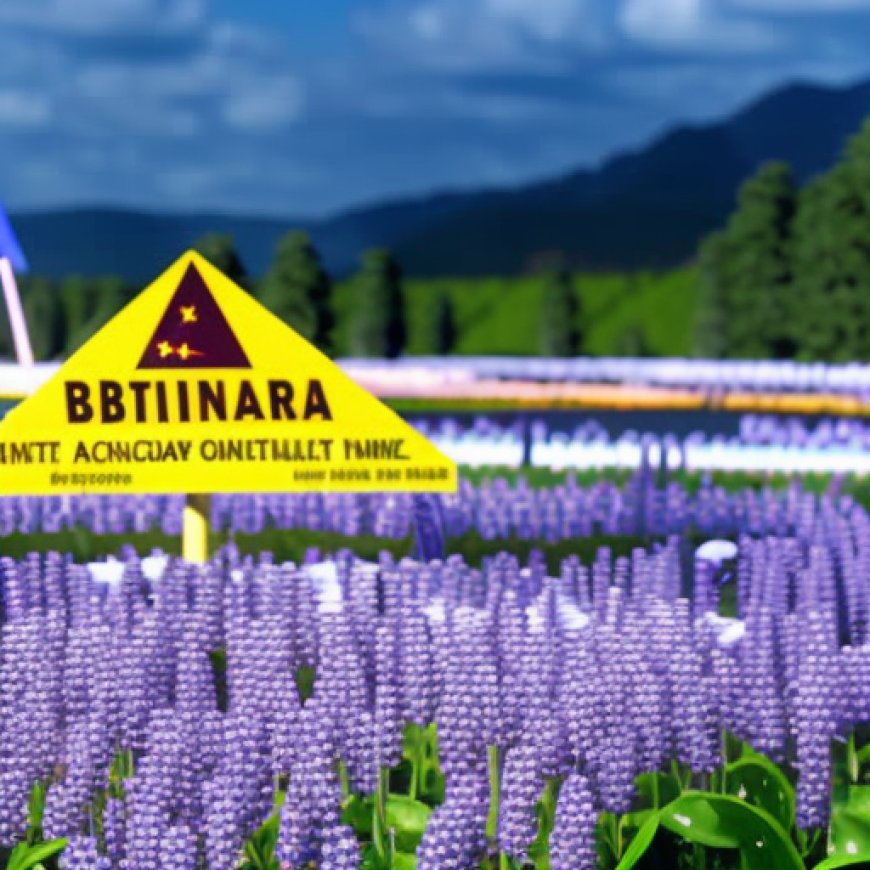Bipartisan bill aims to spur a $14 billion domestic circular economy | GreenBiz


True Bipartisanship in Congress: The Americas Act

True bipartisanship is a rare commodity in Congress these days. Seemingly going the way of the dodo, any bill co-sponsored by members of both parties warrants a close examination, if only to understand what issues Republicans and Democrats are willing to partner on.
The Americas Act, introduced in March by Sens. Bill Cassidy (R-La.) and Michael Bennet (D-Colo.), is one such piece of legislation. Formally titled the Americas Trade and Investment Act, the Americas Act expands trade capabilities and incentives between the U.S., Latin America and the Caribbean and is meant as a response to China’s economic dominance. It also proposes $14 billion to create a textile and manufacturing domestic circular economy.
What the Bill Proposes
The first focus of the proposed legislation is reshoring manufacturing supply chains that are currently in China. To do this, the bill suggests imposing increased tariffs on goods imported to the U.S. while simultaneously providing tax incentives to manufacturers that move their supply chains to the U.S.
The second is the proposed 15 percent tax reduction for any U.S.-based business involved with the collection, reuse, repair, recycling, renting or processing of textiles. The $14 billion breaks down into four pools:
- $10 billion will be made available for preferential loans for textile reuse and recycling;
- $3 billion in grants for textile reuse and recycle, manufacturing support programs and components, and machinery to aid with product transportation and processing;
- $1 billion in innovation program research and development related to textile use and recycling; and
- $100 million for a public education program.
“With the bold textile reuse and recycling incentive provisions in the Americas Act, organizations in our industry will be able to reinvest in jobs in the U.S. and compete globally,” said Kibbe in a recent interview, “[while] fostering an environment to cultivate private capital.”
The Americas Act has only just begun its path to potentially become a law, and its introduction during a presidential election year adds an additional barrier. But its timing is still opportune. Renewcell, a leading circular textile company that focuses on producing low-carbon, recycled fabrics to mass-market fashion, filed for bankruptcy in February. On June 4 it was announced that Altor, a Swedish private equity firm, acquired the company and renamed it Circulose.
SDGs, Targets, and Indicators in the Article
1. Which SDGs are addressed or connected to the issues highlighted in the article?
- SDG 9: Industry, Innovation, and Infrastructure
- SDG 12: Responsible Consumption and Production
- SDG 17: Partnerships for the Goals
The article discusses the Americas Act, which aims to expand trade capabilities and incentives between the U.S., Latin America, and the Caribbean. This aligns with SDG 9, which focuses on promoting inclusive and sustainable industrialization and fostering innovation. Additionally, the proposed legislation includes measures to promote textile reuse, recycling, and circular economy, which are relevant to SDG 12, which aims to ensure sustainable consumption and production patterns. The bill also highlights the importance of partnerships between different stakeholders, connecting to SDG 17.
2. What specific targets under those SDGs can be identified based on the article’s content?
- Target 9.2: Promote inclusive and sustainable industrialization
- Target 12.5: Substantially reduce waste generation through prevention, reduction, recycling, and reuse
- Target 17.16: Enhance the global partnership for sustainable development
The Americas Act aims to promote inclusive and sustainable industrialization by reshoring manufacturing supply chains from China to the U.S. This aligns with Target 9.2 of SDG 9. The proposed tax incentives and funding for textile reuse and recycling contribute to Target 12.5 of SDG 12, which focuses on reducing waste generation through recycling and reuse. The bill also emphasizes the need for partnerships between industry stakeholders, government, and other actors, which aligns with Target 17.16 of SDG 17.
3. Are there any indicators mentioned or implied in the article that can be used to measure progress towards the identified targets?
Yes, the article mentions specific indicators that can be used to measure progress towards the identified targets:
- Increased tariffs on goods imported to the U.S. can be an indicator of progress towards reshoring manufacturing supply chains (Target 9.2).
- The amount of textile reuse and recycling, as well as the number of businesses involved in these activities, can be indicators of progress towards waste reduction (Target 12.5).
- The level of collaboration and partnerships between different stakeholders in the textile industry can be an indicator of progress towards enhancing global partnerships (Target 17.16).
SDGs, Targets, and Indicators Table
| SDGs | Targets | Indicators |
|---|---|---|
| SDG 9: Industry, Innovation, and Infrastructure | Target 9.2: Promote inclusive and sustainable industrialization | – Increased tariffs on imported goods – Reshoring manufacturing supply chains |
| SDG 12: Responsible Consumption and Production | Target 12.5: Substantially reduce waste generation through prevention, reduction, recycling, and reuse | – Amount of textile reuse and recycling – Number of businesses involved in textile reuse and recycling |
| SDG 17: Partnerships for the Goals | Target 17.16: Enhance the global partnership for sustainable development | – Level of collaboration and partnerships in the textile industry |
Copyright: Dive into this article, curated with care by SDG Investors Inc. Our advanced AI technology searches through vast amounts of data to spotlight how we are all moving forward with the Sustainable Development Goals. While we own the rights to this content, we invite you to share it to help spread knowledge and spark action on the SDGs.
Fuente: greenbiz.com

Join us, as fellow seekers of change, on a transformative journey at https://sdgtalks.ai/welcome, where you can become a member and actively contribute to shaping a brighter future.







